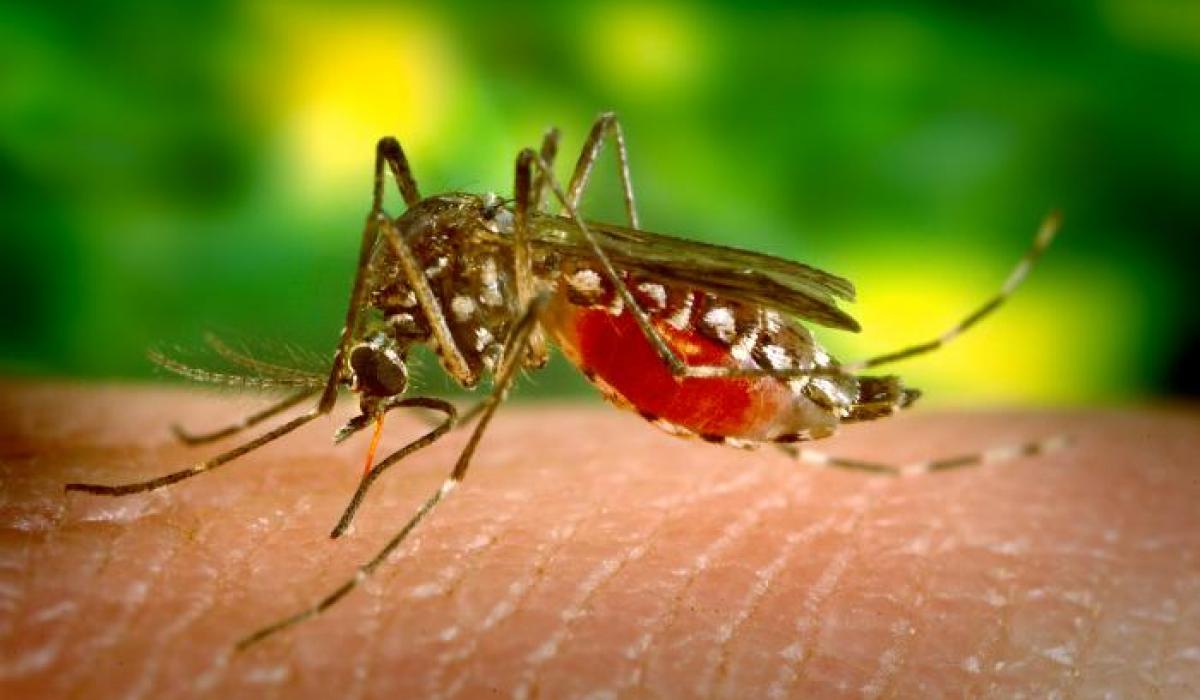
Anopheles was introduced as a genus of mosquitoes in 1818 by Johann Wilhelm Meigen, a German entomologist famous for his revolutionary studies of Diptera. Little was done on the taxonomy of Anopheles until the discovery during the last two decades of the 19th century that mosquitoes transmit microfilariae and malarial protozoa, which initiated a drive to collect, name and classify these insects. In 1898, the Royal Society and the Rt. Hon. Joseph Chamberlain, Secretary of State for the Colonies of Britain, appointed a Committee to supervise the investigation of malaria. On 6 December 1898, Mr. Chamberlain directed the Colonies to collect and send mosquitoes to the British Museum (Natural History) (Figure 1), and in 1899 the Committee appointed Frederick V. Theobald to prepare a monograph on the mosquitoes of the world, which was published in five volumes between 1901 and 1910. As a consequence, many new generic names were introduced in an effort to classify numerous new mosquito species into seemingly natural groups. Theobald proposed 18 genera for species of Anopheles based on the distribution and shape of scales on the thorax and abdomen. Four of these proposed genera, Cellia, Kerteszia, Nyssorhynchus and Stethomyia, are currently recognized as subgenera of Anopheles and the other 14 are regarded as synonyms of one or other of subgenera Anopheles, Cellia or Nyssorhynchus. Theobald, however, was not the only person to propose generic names for species of Anopheles. During the first three decades of the 20th century, 37 genera (including the 18 recognized by Theobald) were established for species of Anopheles.
As additional new species were discovered, it became increasingly apparent that Theobald’s system of classification was neither practical nor natural. Frederick Knab in North America, one of the early critics of Theobald’s classification, stated that “the subject was made needlessly difficult by hasty work and by the sub-division of the old genus Anopheles into numerous ill-defined and fancifully differentiated genera. The intricacies of this ‘system,’ unwarranted from both a scientific and practical standpoint, even the trained entomologist could not tread with safety, and to others it could be no less than hopeless or disastrous”. Consequently, during the two decades following the completion of Theobald’s monograph in 1910, significant changes were made toward a much more conservative system of classification, culminating in the reduction of 38 genus-group names (including Anopheles) to the recognition of the single genus Anopheles.
The current subgeneric classification of Anopheles is based primarily on the number and positions of specialized setae on the gonocoxites of the male genitalia, and this basis of classification has been accepted since it was introduced by Sir (Samuel) Rickard Christophers in 1915. Christophers proposed three generic subdivisions, which F.M. Edwards and Francis Metcalf Root formally recognized as subgenera Anopheles, Myzomyia (=Cellia) and Nyssorhynchus. Edwards adopted this system and added subgenus Stethomyia in his classical treatise on family Culicidae published in 1932. This system recognized Kerteszia as an informal group within subgenus Nyssorhynchus. Kerteszia was elevated to subgeneric status by W.H.W. Komp. Subgenus Lophopodomyia was proposed by P.C.A. Antunes in 1937 and subgenus Baimaia was introduced by Ralph E. Harbach and his colleagues in 2005.
Genus Anopheles currently includes 465 formally named species that are disproportionately divided between seven subgenera: Anopheles (cosmopolitan, 182 species), Baimaia (Oriental, one species), Cellia (Old World, 220 species), Kerteszia (Neotropical, 12 species), Lophopodomyia (Neotropical, six species), Nyssorhynchus (Neotropical, 39 species) and Stethomyia (Neotropical, five species). Four of the subgenera, Anopheles, Cellia, Kerteszia and Nyssorhynchus, include the species that transmit human malarial parasites. Most vector species of Anopheles have been found to comprise complexes of sibling species.
Anopheles is undoubtedly the most studied and best known genus of mosquitoes, largely because of their great impact on human health. As vectors of causative agents of malaria and filariasis, Anopheles mosquitoes have affected the lives of more humans than any other insects. As a matter of fact, Anopheles is one of few groups of eukaryote organisms that have had an impact on human evolution ‒ the emergence of sickle cell anemia as a mode of resistance to malarial protozoa. As a result of more than a century of studies by medical entomologists, taxonomists and geneticists, 537 species of Anopheles are currently known and most have been formally named (87%) (Appendix 2), but until recently little work has been done to understand the evolution and phylogenetic relationships of these mosquitoes.
| BACK | Source: Ralph E. Harbach, Department of Life Sciences, Natural History Museum, London, UK |
